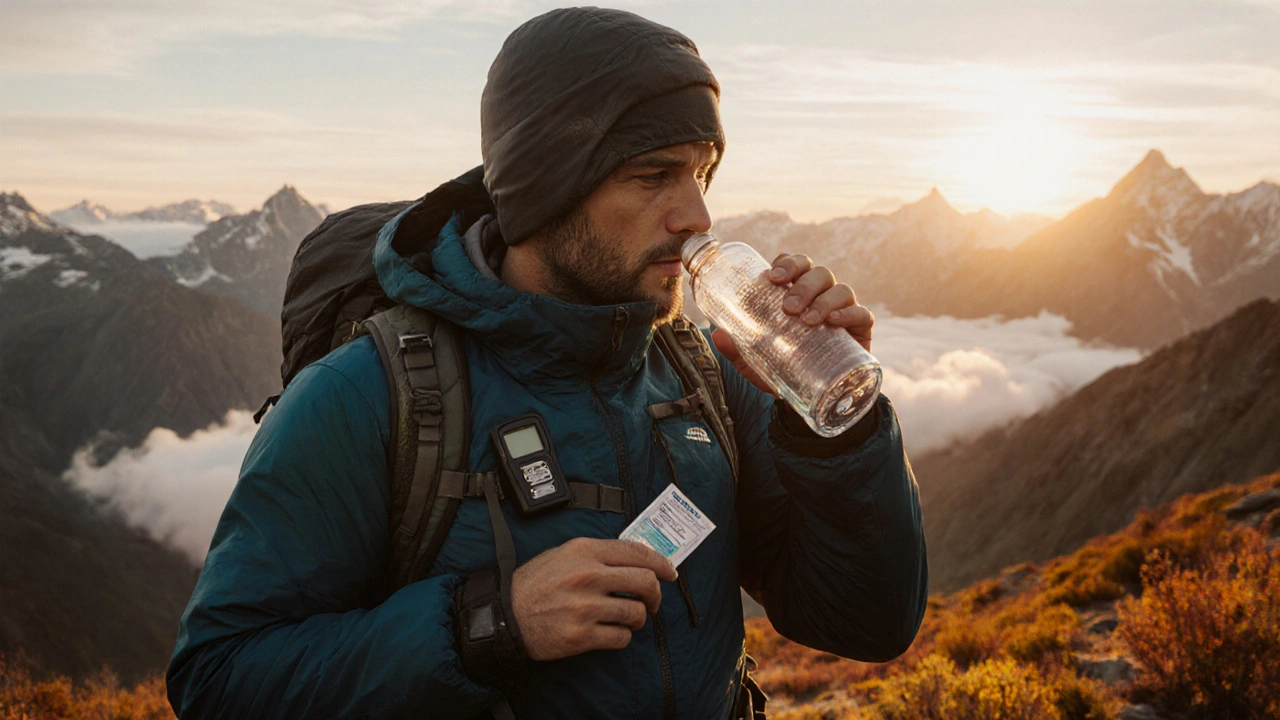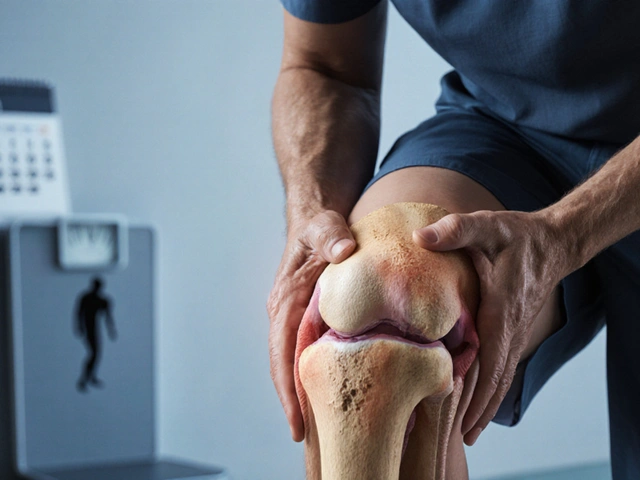High Altitude Tips: Stay Safe and Thrive Above 8,000 Feet
When planning a trek, a ski trip, or a work assignment in the mountains, understanding high altitude tips, practical advice for coping with low‑oxygen environments during travel, sports, or work at high elevations, can make the difference between an unforgettable adventure and a medical emergency. Also known as mountain health advice, this topic covers everything from the way your body reacts to thin air to the daily habits that keep you feeling strong. Below we break down the core ideas you need to know before you step above sea level.
Key Concepts That Shape Your High‑Altitude Experience
First, altitude sickness, a collection of symptoms like headache, nausea, and shortness of breath that appear after rapid ascent is the most common obstacle for newcomers. It high altitude tips aim to prevent this condition by controlling ascent speed and ensuring proper hydration. Second, acclimatization, the physiological process where the body adjusts to lower oxygen levels over days or weeks is your body’s natural defense; you can speed it up with gradual climbs, breathing exercises, and balanced nutrition. Third, hypoxia, the reduced oxygen availability that stresses cells and impairs performance influences everything from sleep quality to cognitive function, so monitoring oxygen saturation with a pulse oximeter helps you stay within safe limits. Finally, travel health, the broader set of precautions like vaccinations, medication planning, and emergency preparedness for high‑elevation trips rounds out the picture, ensuring you’re ready for any terrain or weather change.
Putting these ideas together creates a clear roadmap: altitude sickness requires a slow climb, acclimatization needs time and proper fueling, hypoxia demands monitoring and rest, and travel health ties everything into a safe itinerary. For example, a three‑day ascent to 3,500 m works best when you spend the first night at 2,500 m, drink plenty of electrolytes, and check your SpO₂ each morning. If you notice a drop below 90 %, a brief descent or supplemental oxygen can prevent serious complications. Likewise, staying active with light hiking instead of sprinting conserves energy and reduces the risk of pulmonary edema, a rare but dangerous form of hypoxia.
Our collection of articles below dives deeper into each of these areas. You’ll find detailed guides on recognizing early signs of altitude sickness, step‑by‑step acclimatization schedules, equipment reviews for portable oxygen devices, and nutrition plans that support red‑blood‑cell production at high elevations. Whether you’re a weekend hiker, a marathon runner training on the Rockies, or a pilot dealing with cabin pressure, the practical tips here will help you stay healthy, perform better, and enjoy the view from the top.

- Sep 29, 2025
- Posted by Cillian Osterfield
Altitude Sickness and Nausea: Proven Prevention & Treatment Tips
Learn how to stop nausea caused by altitude sickness, with proven prevention steps, medication guides, and emergency treatment tips for safe high‑altitude travel.
Categories
- Health and Wellness (60)
- Medications (44)
- Health and Medicine (22)
- Pharmacy Services (11)
- Mental Health (5)
- Health and Career (2)
- Medical Research (2)
- Business and Finance (2)
- Health Information (2)
Latest Posts
©2025 heydoctor.su. All rights reserved




